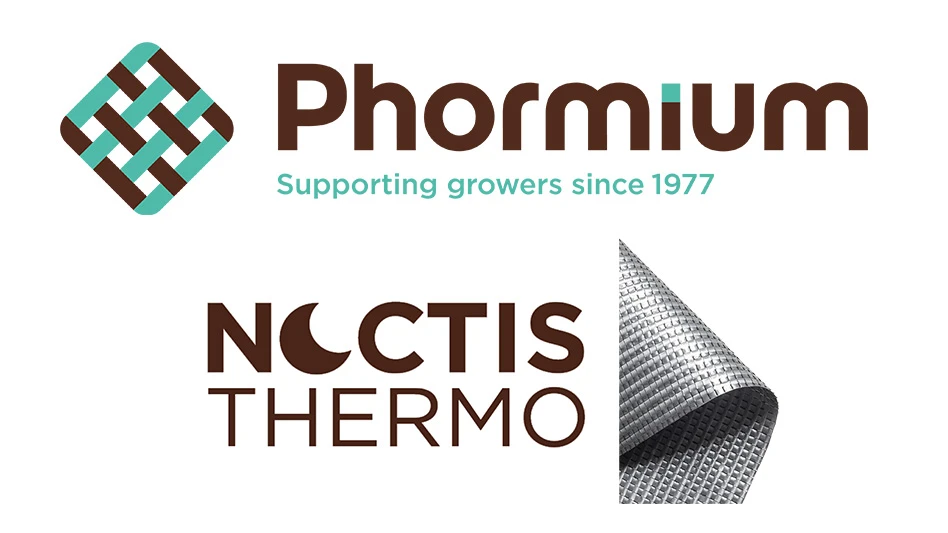|
Drip irrigation can be a valuable tool for accurate moisture control in growing medium. Besides saving water and labor, drip reduces the potential for groundwater pollution. Potted plants, container nursery plants and vegetable crops when grown in beds, bags or pots, are frequently watered with drip tubes. Tubing is placed on top of the ground or container or woven through the bags. Uniformity of application and low cost make this system an excellent choice. Drip irrigation may also be used in the greenhouse for hanging baskets. This has proven to be a great labor saver. The tube is usually attached to the overhead pipe that supports the baskets allowing the water to drip into the containers. Where limited water supply is available, a drip system is a good choice for outdoor container crops. It will save as much as 80 percent in water compared to an overhead sprinkler system.
Punched in emitters are available in flow rates of from ½ to 4 gallons per hour (gph). Non-pressure-compensating emitters are used for short, level runs. Pressure compensating will maintain uniform flow over different elevations. No-leak devices prevent drip when the system is shut off. Punched in emitters are used for non-standard spacing of plants.
The coefficient of manufacturing variation (CV), the amount of variation in output between individual emitters, is a measure of quality control. It is usually listed by the manufacturer. It is established by comparing a large number of emitters at the same pressure. A variability of less than 0.05 is excellent. A CV of greater than 0.2 is considered unacceptable for most applications. For most applications, pressure-compensating emitters should be used. Output is not affected by pressure changes, length of line or elevation difference. Water filtration with a 150 or 200 mesh screen is important to remove particulate matter. Where chemicals are present in the water, select tapes or emitters with greater flow rates as fine holes or passages can be clogged. Provisions for flushing the lines by removing the end plug should be made. The fertilizer injector should be plumbed in between the backflow preventer and the filter to catch any undissolved chemicals. Length of the drip line is usually not of concern in greenhouse applications. Most tapes and tubing can be several hundred feet before there is a pressure drop due to friction loss. Have a question? You can write John at jbartok@rcn.com. |

Explore the September 2013 Issue
Check out more from this issue and find your next story to read.
Latest from Greenhouse Management
- This month's Greenhouse Management magazine is about native plants and sustainability
- The HC Companies, Classic Home & Garden merge as Growscape
- Terra Nova releases new echinacea variety, 'Fringe Festival'
- Eason Horticultural Resources will now officially be known as EHR
- BioWorks receives EPA approval for new biological insecticide for thrips, aphids, whiteflies
- ScottsMiracle-Gro transfers cannabis subsidiary to focus on core lawn and garden business
- Should we start calling natives 'eco-beneficial plants'?
- Ellen Mackenbach-Lakeman appointed new CEO of Dümmen Orange







